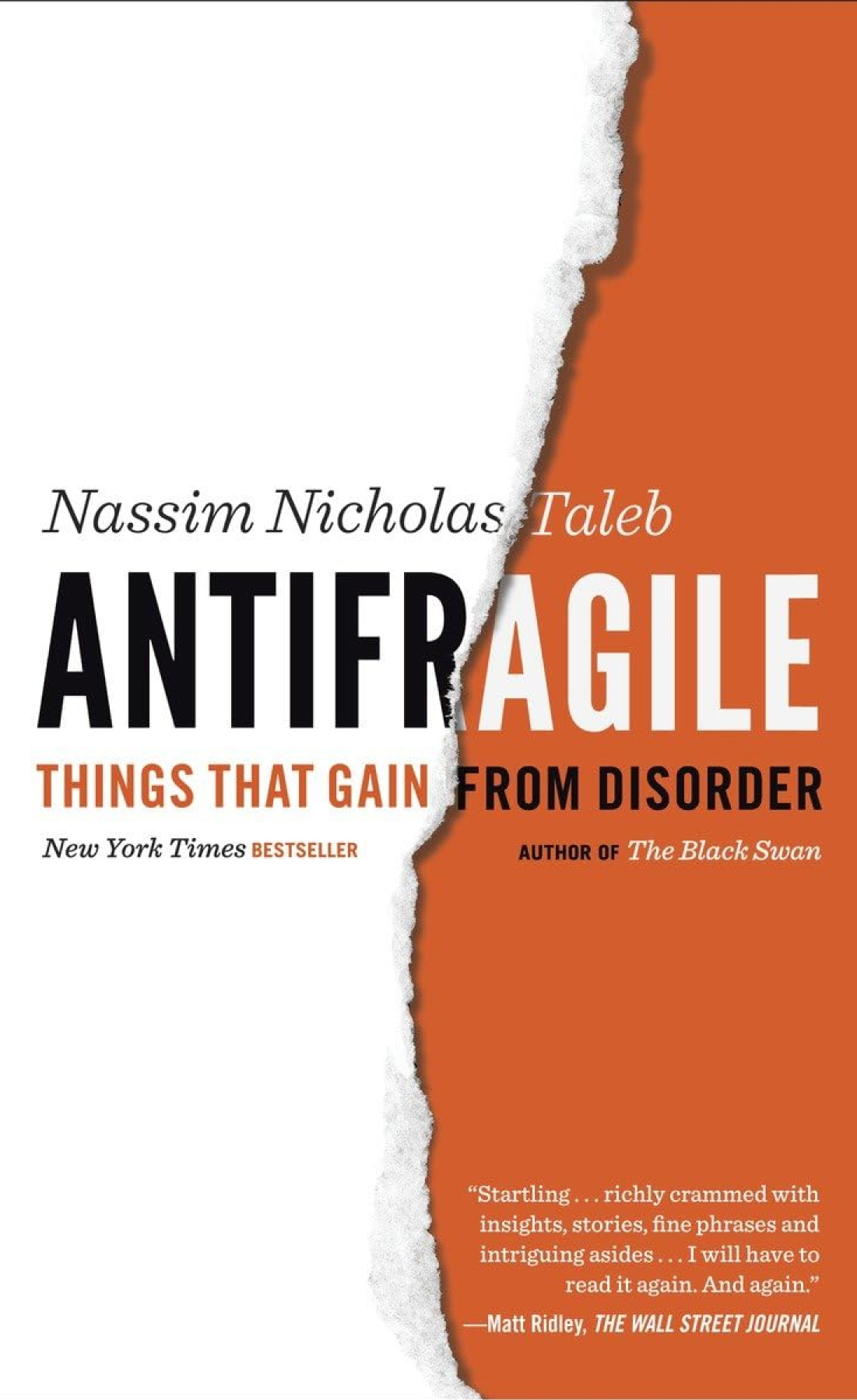Major concepts

Skin In The Game
Skin In The Game ensures that decision-makers have a stake in the outcome of their actions, promoting responsibility and reducing moral hazard.

- Encourages accountability by linking decisions to consequences.
- Aligns incentives between decision-makers and stakeholders.
- Provides a framework for fair risk distribution.
- Reduces moral hazard in decision-making.
The concept of Skin In The Game, emphasized by Nassim Nicholas Taleb, suggests that those who make decisions should also bear the risks associated with them.
It’s rooted in the belief that people act more responsibly when they have something at stake.
This principle is used in fields like investing, governance, and business to ensure that incentives are aligned and risks are shared.
Core Principles of Skin In The Game
Skin In The Game reshapes the approach to risk and responsibility:
- Accountability: Those with a stake tend to act carefully.
- Alignment of Interests: Decision-makers and stakeholders share goals.
- Equitable Risk Distribution: Risks are fairly shared among those involved.
This model promotes fairness and prudent behavior. When people who stand to gain are also those who bear the risk, better decisions often result.
Examples include entrepreneurs who invest in their own startups, tying their success directly to their efforts.
Why It Matters
'Skin In The Game' helps explain system failures where incentives are misaligned. When those making decisions don’t bear the risks, reckless behavior can result.
This is often seen in financial crises, where decision-makers were shielded from the consequences of risky actions.
Implementing Skin In The Game
To put this model into practice, consider these strategies:
- Incorporate direct stakes for leaders to align interests with outcomes.
- Promote transparency for increased accountability.
- Design compensation structures that reward long-term performance.
- Reward ethical behavior to support responsible decisions.
While risk can’t be eliminated, it can be shared more fairly. Aligning incentives helps build trustworthy and reliable systems.




